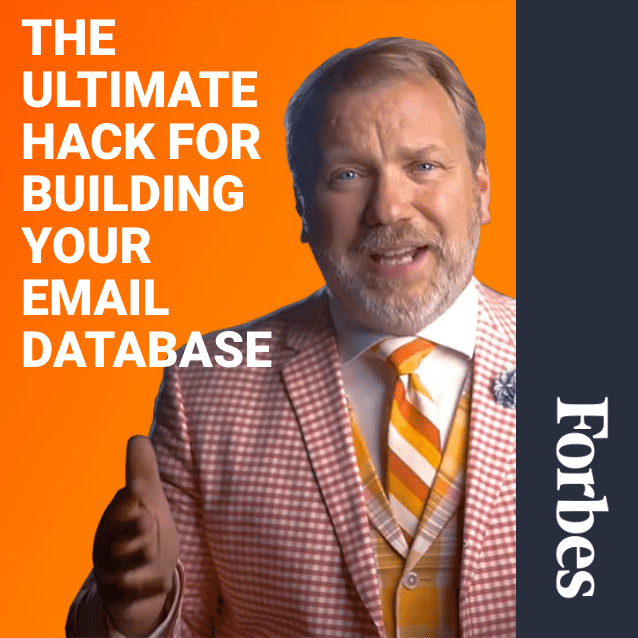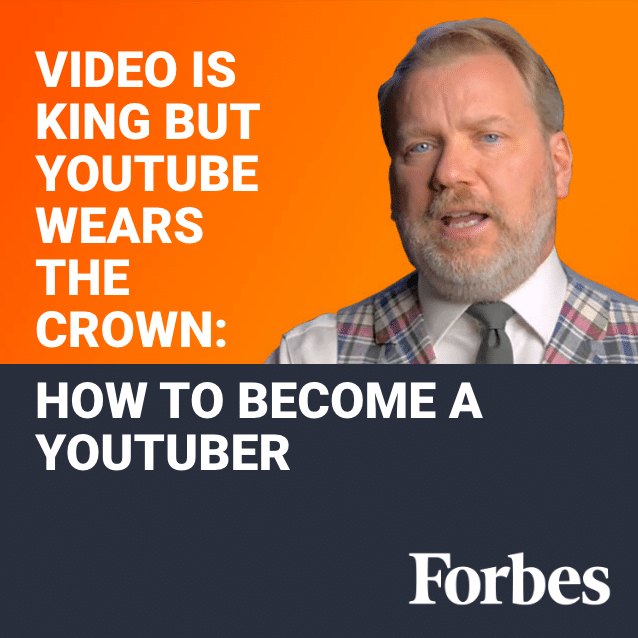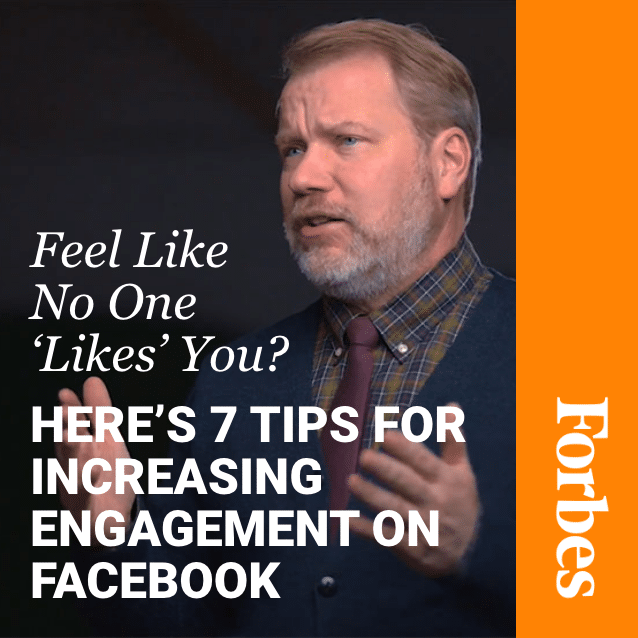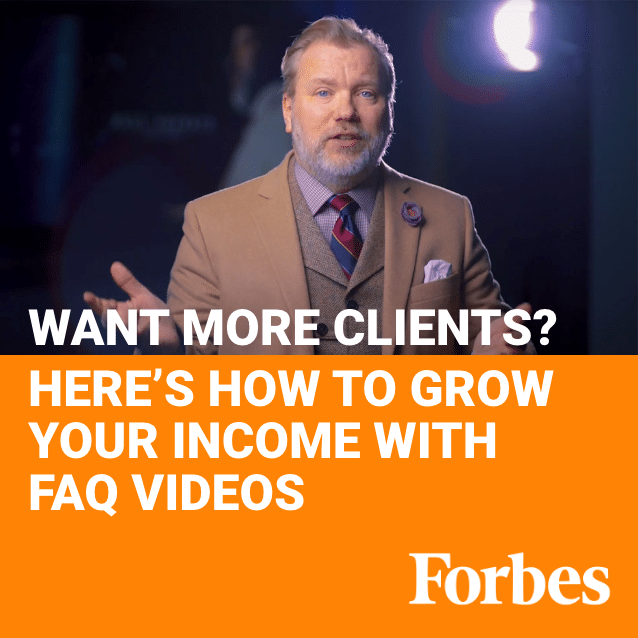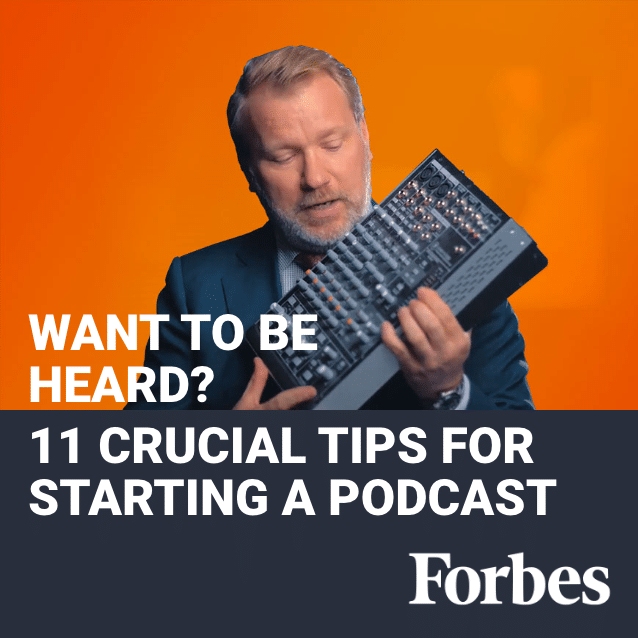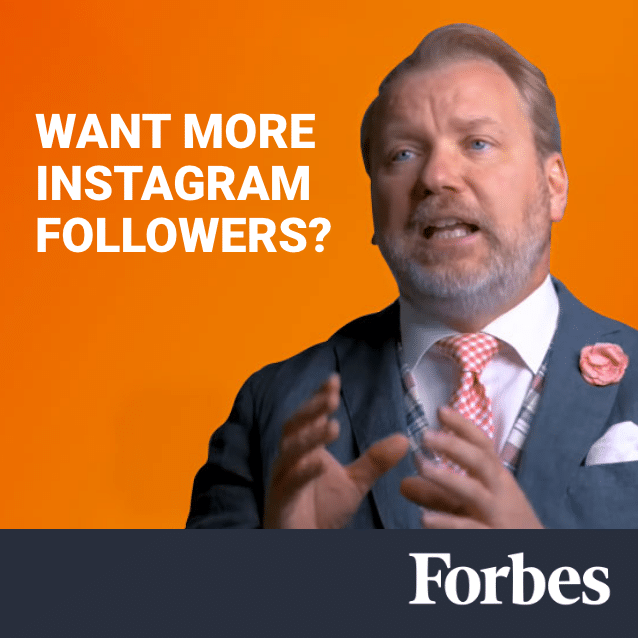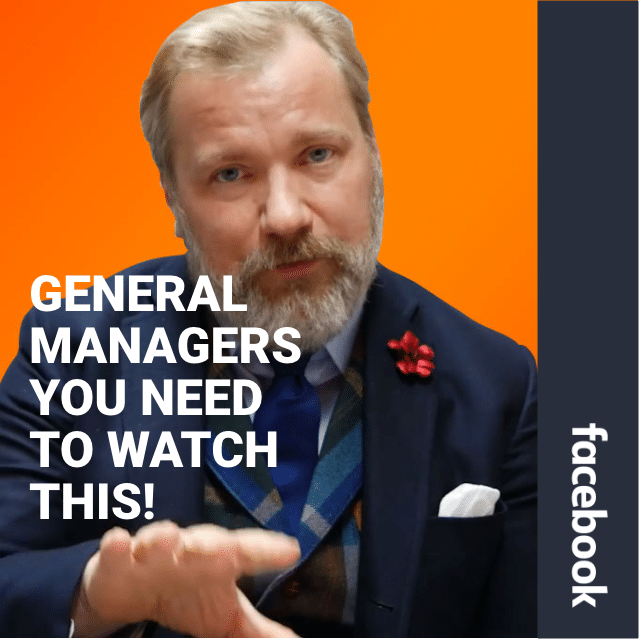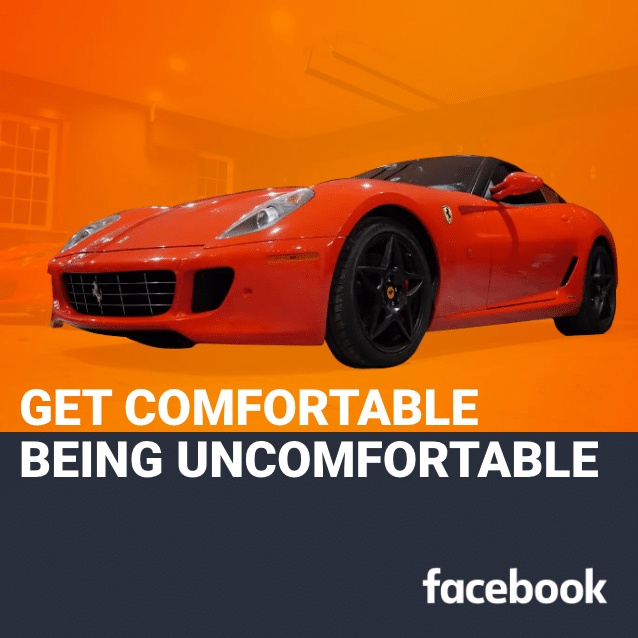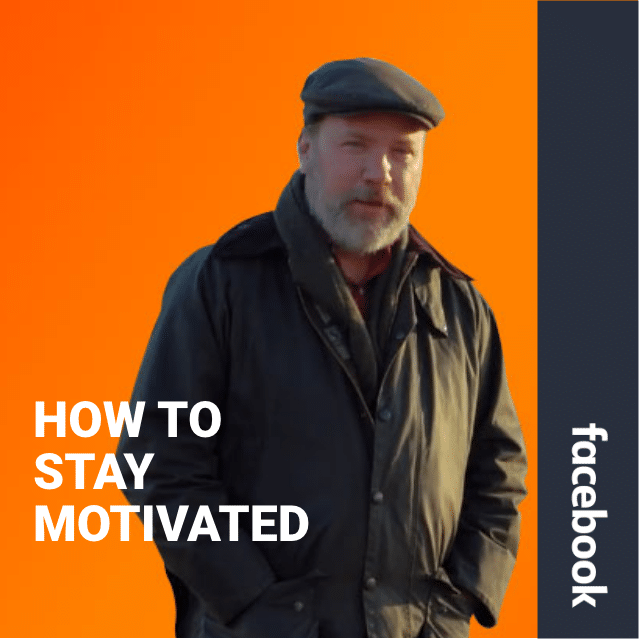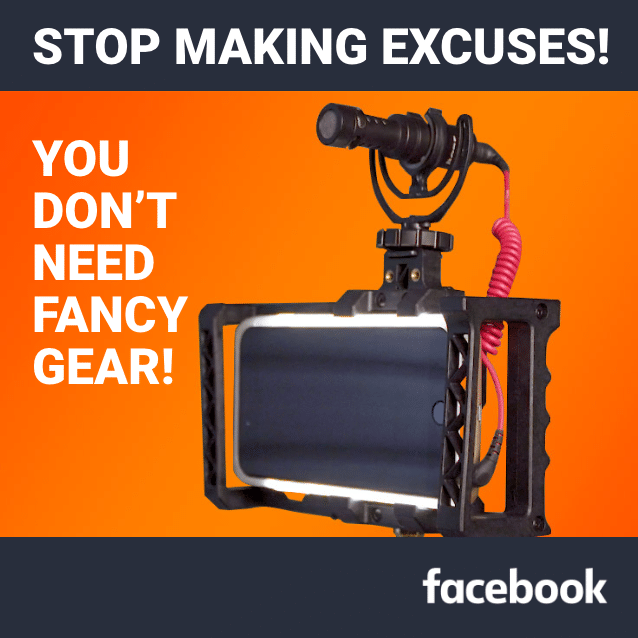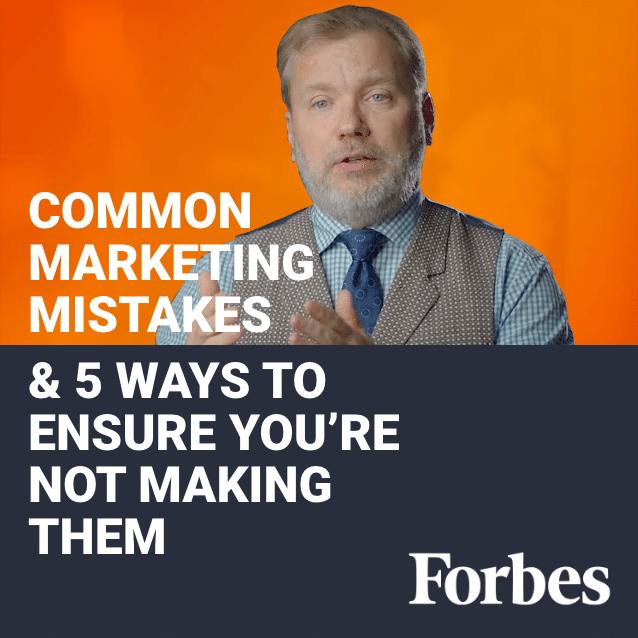Read the entire article on Forbes
We want to help you reach your business goals. Subscribe to get actionable Marketing and Leadership tactics and strategies in your inbox.
For as long as there have been companies, there have been executives calling the shots, making those important decisions that turn ideas into commerce. Historically, however, these decisions have been made behind closed doors, distancing management from their own company cultures, as well as their audience.
As a CEO myself, I felt I should’ve been doing things differently but struggled with determining how to be different while also being effective and well-received.
Despite the social separation, it’s the responsibility of the CEO to make believers out of those individuals on the other side of the conference room door. Eight years ago, I came up with what I think is a solution to the issue.
While most execs attempt to bridge the gap with company-wide emails that half-heartedly clue their subordinates in on what’s happening next, others spend thousands on annual reports only a handful will read.
Neither of those options sounded good to me, so I started creating a weekly vlog. I’d use it to explain what I was doing in my business, connect with employees, clients and prospects, and share free information I’ve learned over the years, or had just heard earlier that day. I tried to focus on information I felt was shareable and got started with my miniscule database of under 200 email addresses.
Fast forward to the present and consumer culture has evolved, dissolving social and corporate barriers in favor of more transparency and connectedness. Companies that want to persevere need to consider how they plan to develop that connection. Not a connection based on prices, warranties, years in business, awards received— but a personal connection and today, that is easier than ever before.
The idea I’m suggesting is nothing new; in years past, when a company wanted to change perceptions or grow sales, the CEO stepped out of the office and started facing forward. The CEO would tell how they would solve a problem for their clients and cast a vision of how they were working to be the best.
Do you remember the days when Lee Iacocca brought Chrysler back from the brink of bankruptcy, or Dave Thomas telling us how square burgers are better? What about Steve Jobs in how he showed his passion and vision about Apple products?
The concept is the same; the only thing that has vastly changed is the message and the platforms we’re using to reach individuals. It’s never been easier for a CEO to connect, but one must take care in the messages. A message that is about the company or profits will drive people away. We as a consumer culture want only what’s authentic; we want to be entertained, educated and engaged.
In a study done by the PRCA, 200 business decision-makers and 2,000 consumers were asked a number of questions about how the image of a company’s CEO affects their connection to that company. 75% of those decision makers stated that they believe the CEO’s image affects customer behaviors, in turn affecting their receptiveness to working with that company. Out of consumers polled, 25% stated that a CEO’s image affects their purchasing decisions, and that number was significantly higher among millenials.
This is fairly bad news for many companies, as they’re as good as CEO-less considering the abismal level of engagement with the public. But, that also means that a CEO willing to put his or her face forward for their company can make a massive difference if they deliver it on the right platform, and do it in an authentic way.
Social media has made it easier than ever to communicate on a personal level with dozens, hundreds, thousands or millions of people simultaneously. From Twitter to Instagram to Linkedin to Facebook Live to YouTube Live, there’s no shortage of platforms to start interacting with your audience on. These platforms allow CEO’s like myself to connect with individuals won their terms; how they want to be connected and at a time that is convenient for them. This also happens for very little cost compared to a few years ago.
The masses have spoken, however, on what medium reaches them best— VIDEO.
To be clear— when I say video, I AM NOT referring to commercial spaces. I’m talking about social video! Video that can be shared, watched numerous times, and commented on.
56% of all internet users watch more than an hour of Facebook or Youtube videos in a 3 day span. It’s projected that within a few short years, video traffic will account for over 80% of all consumer traffic.
Now maybe I’m oversimplifying but I think the proper equation for that data is,
CEO + Authentic Video = A more successful, recognized, trusted and profitable organization
Another word for it: vlogging, or video blogging. All of that shakey, self-facing footage can make a massive difference for companies as it humanizes an organization. It creates a space of genuine connection, where employees, past, current and future clients can all actually get to know you— without fear of sales pitches!
Take a page from whatever book it is John Legere, CEO of T-Mobile, is reading. Every sunday for the last two years, he posts a weekly vlog on Facebook live called and hashtagged “#Slow Cooker Sunday.”
The components of this content: Legere, his kitchen, a crock pot, a webcam and some personality. The result, roughly 2.3 million viewers tuning in every week.. that’s more than most cable TV viewership. He gets to have the full attention of a proven-interested audience just by cooking his dinner and sharing the recipe in front of them.
You may be asking yourself “how?” at this point. Well, while reality tv had few redeeming qualities, it’s taught me that the public likes to know what happens behind the curtain. We’re drawn to it because we think we’re being let in on a secret, or being given something extra. It also feels honest and authentic; two synonyms some companies couldn’t get close to otherwise.
Through engaging his audience without pretense and giving them a glimpse into his life through his vlog, Legere has made a name for himself while doubling his company’s customer base and putting pressure on Verizon that no one could ignore. He has done this without saying or implying “buy a phone from T-Mobile”. He has personified his company with a personality that people genuinely like! Therefore, people choose his company over the competitors.
A correlation like that is hard to believe— that a CEO making videos about food resulted in a massive increase in business for his communications company, but it’s true— and it’s liberating! Gone could be the days of stuffy, suit-clad executives, but instead CEOs with unique brands and visions that mean something to consumers.
I have personally found by doing a weekly vlog, I’ve received opportunities I otherwise would have been overlooked for because no one knew who I was! I’ve been invited to speak on stages across the world about marketing and leadership because I wasn’t afraid to put my face forward and make some noise. My vlog has help me increase my authority level in a way that elevates my company and puts us in demand.
This is the untapped power video can have in regards to profits— it just requires a CEO who is willing to be authentic, show some vulnerabilities and be engaging. Sure, you will have some haters but you will have far more individuals ready to rally behind you. While there aren’t many who feel comfortable getting in front of a camera, my advice— get over it! The rewards you see, both personally and in your business, will remove all fear. Now I ask you are you ready to stop thinking like a Chief Executive Officer and become a Chief ‘Engagement’ Officer?
